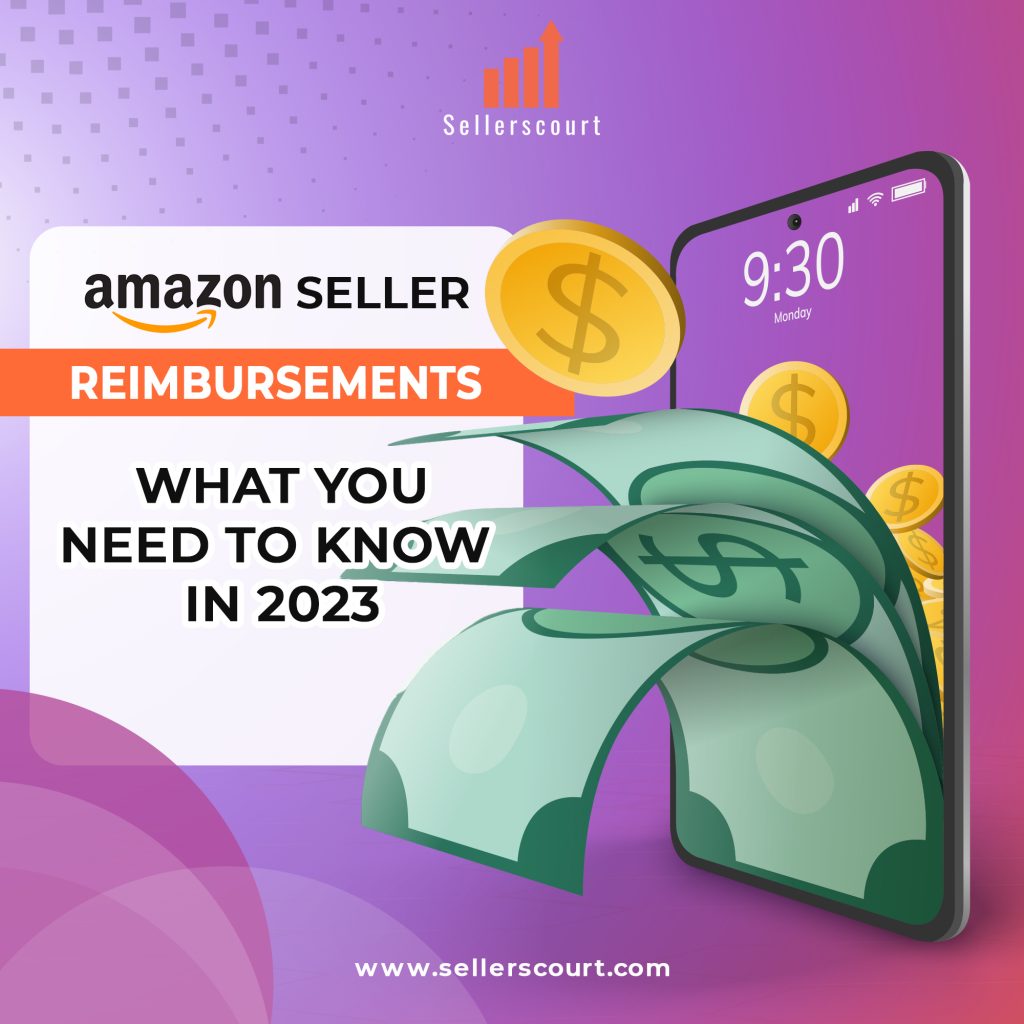
Understanding Amazon Seller Reimbursements
Amazon’s FBA (Fulfillment by Amazon) program has simplified the process of selling products online for many businesses. However, dealing with inventory management, returns, and customer service can still be challenging. One essential aspect of managing your Amazon business is understanding the process of seller reimbursements. In this blog post, we’ll discuss Amazon seller reimbursements, how they work, and how to maximize your returns.
What Are Amazon Seller Reimbursements?
Amazon seller reimbursements are refunds issued to sellers when Amazon is responsible for certain issues or errors, such as damaged or lost inventory, customer returns, or overcharged fees. Understanding the different types of reimbursements and how to claim them is essential for maintaining a profitable Amazon business.
Types of Amazon Seller Reimbursements
There are several types of reimbursements that Amazon sellers can claim, including:
- Damaged or Lost Inventory: If Amazon damages or loses your inventory in their fulfillment center, you may be eligible for a reimbursement.
- Customer Returns: If a customer returns an item but Amazon doesn’t restock it, you may be eligible for a reimbursement.
- Overcharged Fees: If Amazon overcharges you for fees such as referral fees, subscription fees, or FBA fees, you may be eligible for a reimbursement.
How to Claim Amazon Seller Reimbursements
To claim reimbursements, you’ll need to follow these steps:
- Review Your Account: Regularly review your Amazon Seller Central account for any discrepancies or errors. Check your inventory levels, fees, and returns to ensure everything is accurate.
- Identify Issues: If you notice any issues, such as lost or damaged inventory, unprocessed returns, or overcharged fees, make a note of them and gather any relevant documentation.
- Contact Amazon Seller Support: Submit a case through Amazon Seller Support, providing details about the issue and any supporting documentation. Be clear and concise in your request to ensure a quick resolution.
- Follow Up: Amazon may take several days to process your claim. Be sure to follow up on your case to ensure it’s resolved in a timely manner.
Best Practices for Maximizing Amazon Seller Reimbursements
To maximize your reimbursements, follow these best practices:
- Keep Accurate Records: Maintain detailed records of your inventory, sales, and fees to help identify any discrepancies or errors.
- Regularly Review Your Account: Regularly monitor your Amazon Seller Central account for any potential issues that may require reimbursement.
- Stay Informed: Keep up to date with Amazon’s policies and procedures for reimbursements, as these may change over time.
- Be Proactive: Don’t wait for Amazon to identify issues or errors. Instead, take the initiative to review your account and identify potential reimbursement opportunities.
Using Amazon Seller Reimbursement Services
Many sellers choose to use Amazon seller reimbursement services to help them manage the process of claiming reimbursements. These services can assist in identifying potential reimbursement opportunities, submitting claims, and following up on cases.
Pros of Using Reimbursement Services:
- Saves Time: Reimbursement services can help you save time by identifying issues and submitting claims on your behalf.
- Expertise: Reimbursement services have experience dealing with Amazon’s policies and procedures, increasing the likelihood of successful claims.
- Ongoing Monitoring: Reimbursement services can provide ongoing monitoring of your account to ensure you don’t miss any potential reimbursement opportunities.
Cons of Using Reimbursement Services:
- Cost: Using reimbursement services typically involves a fee or commission, which may cut into your profits.
- Limited Control: When you use a reimbursement service, you may have less control over the claims process and communication with Amazon.
To determine whether using a reimbursement service is right for your business, weigh the pros and cons and consider your own time, resources, and expertise.
Closing Your Amazon Business and Reimbursements
If you decide to close your Amazon business, you’ll want to ensure you receive any outstanding reimbursements. Here are some steps to follow:
- Review Your Account: Before closing your account, review your inventory, sales, and fees to identify any discrepancies or errors that may warrant reimbursement.
- Submit Claims: Submit any necessary reimbursement claims through Amazon Seller Support, providing documentation and details about the issue.
- Monitor the Process: Keep an eye on your account and follow up on any open reimbursement claims to ensure they are resolved before you close your account.
- Finalize the Closure: Once all reimbursement claims have been resolved, proceed with closing your Amazon account according to Amazon’s guidelines.
Conclusion
Understanding Amazon seller reimbursements is essential for maintaining a profitable Amazon business. By regularly reviewing your account, identifying issues, and following best practices for claiming reimbursements, you can maximize your returns and protect your bottom line.
As an Amazon brand-building agency with 45 years of experience and offices in London and New York, Sellerscourts is well-equipped to help you navigate the complexities of Amazon reimbursements and grow your brand both on and off Amazon. Whether you need assistance with claiming reimbursements or are looking for guidance on expanding your e-commerce presence, our team of experts is here to help you achieve success in 2023 and beyond.
